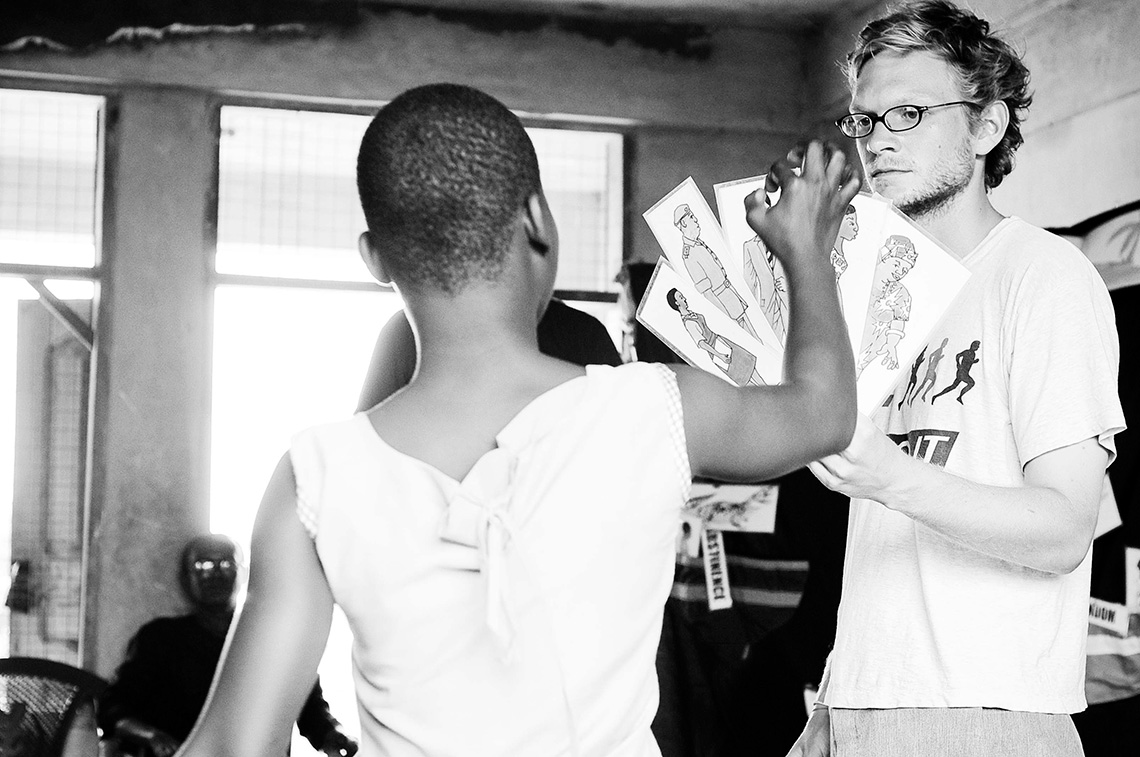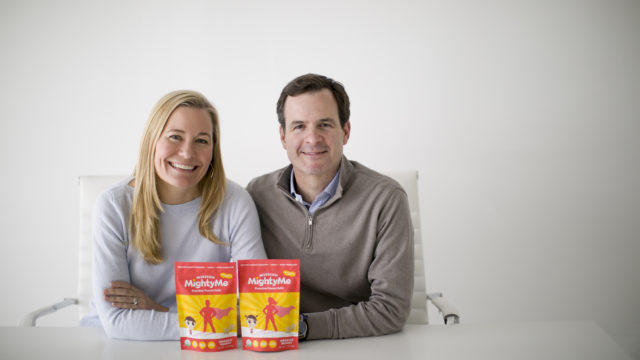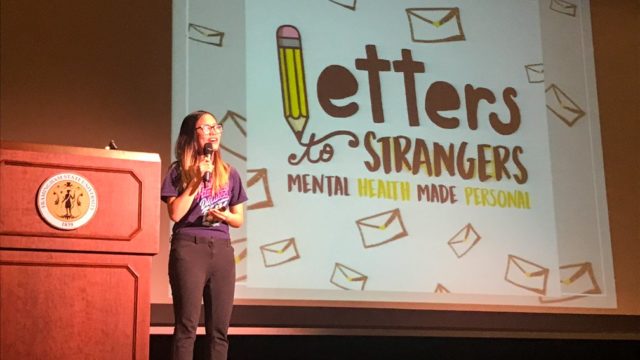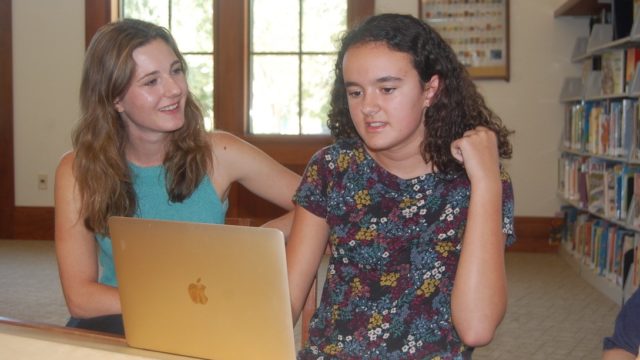
Gray Garmon Works to Build Stronger Community and Bonds with Ghanaian Friends
By Heidi Koester and Julie Collins | The villages of the upper west region of Ghana are a far cry from the University of Texas in Austin, where 2003 Coca-Cola Scholar Gray Garmon obtained his undergraduate degree in architecture. Yet Gray wouldn’t have it any other way.
During his two-year stint in Ghana for the Peace Corps, Gray has focused on empowering villagers to improve their community—whether he’s helping plant 1,000 moringa trees (moringa leaves are a key food source during the dry season) or facilitating a program called the Village Bicycle Project, which helps village women purchase bicycles at a greatly reduced cost and offers them training on bicycle maintenance.
Along the way, Gray has learned lessons he won’t soon forget—even though he’s often the one doing the teaching. One of Gray’s primary responsibilities involves working with local schools, which means leading everything from an after-school art club and English lessons to discussions on HIV/AIDS and the environment.
The schools Gray works in are in need of many things—schoolbooks, latrines, a new building. When villagers realized they could not handle the latrine building on their own, Gray refused to give up. He worked on a proposal to fund the project through donations from friends and family in the United States and, even before funds arrived, set to work with the villagers digging pits for the latrines.
“It took several weeks, but then 200 to 300 men showed up with pickaxes and shovels. It was amazing,” Gray says. “Everyone was laughing and playing and taking turns digging the pit.” The latrines are scheduled to be finished before Gray leaves his position with the Peace Corps, so he’ll get to see another tangible good work he’s leaving behind.
Before he completed his time in the Peace Corps, Gray spent a few minutes reflecting on what life has been like for the past two years. If you are interested in donating to the type of projects coca-cola Scholars Gray Garmon and Violeta Jimenez tackled during their time with the peace corps, or if you would like to join the peace corps yourself, visit www.peacecorps.gov.
What is your daily life like? My day starts every morning with the cock’s crow. I don’t have running water, so I collect my bucket and stroll to the bore-hole (a pump well). Along the way, I greet my neighbors in Dagaare, the local language.
After my bucket bath, I ride my bike 5 kilometers to Hain, the main town. I greet the chief and elders and we discuss the progress of the school latrine projects. I don’t stay long—the chief and elders are highly respected so you don’t sit and talk unless you have something to discuss.
I have been adopted by a family in town and they even gave me a family name, Nginteru Baiwula. I usually take breakfast at their house. The rest of my day is full of greetings, programs at the school, and finishing the latrine project.
The pace of life is slow, and the best parts of my days are the hours when I sit under the mango trees with my Ghanaian father and our friends. We drink pito, a locally made millet beer, and discuss life.
What has surprised you most about your experience? The hospitality and compassion of Ghanaians. My village has accepted me and allowed me to enter their lives. Hain is now my second home. I am no longer a Nasaala, a stranger.
What has challenged you the most? I have had to learn to be patient as a project slowly gains momentum. It is also a challenge to stay motivated in spite of cultural barriers, farming seasons, and failed projects. But it’s worth it because we empower the community to help themselves—and that leads to sustainable change.
2001 Coca-Cola Scholars Heidi Koester and Julie Collins teamed up for this Quest story.




